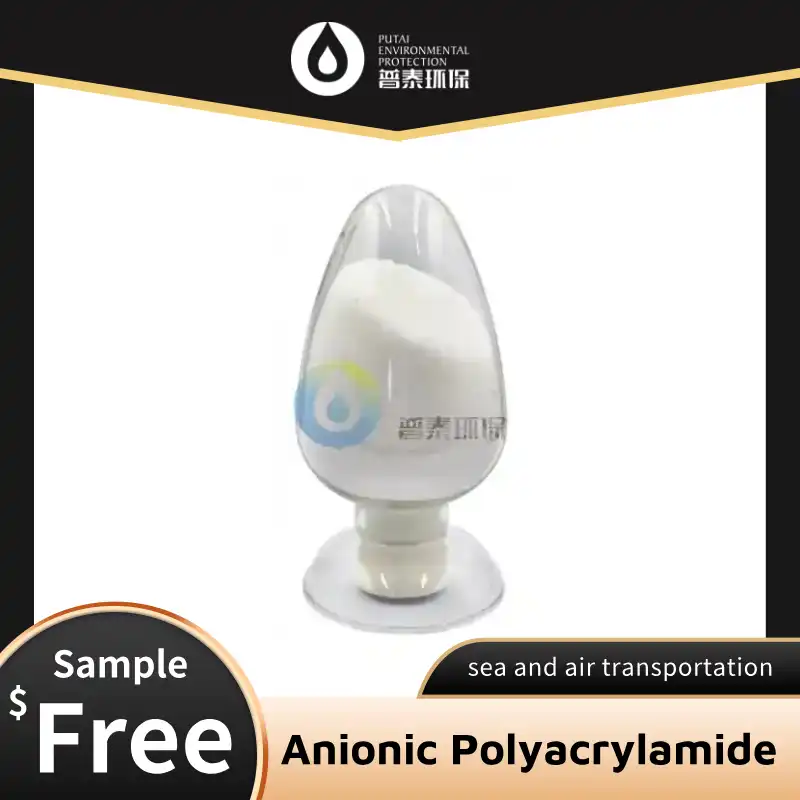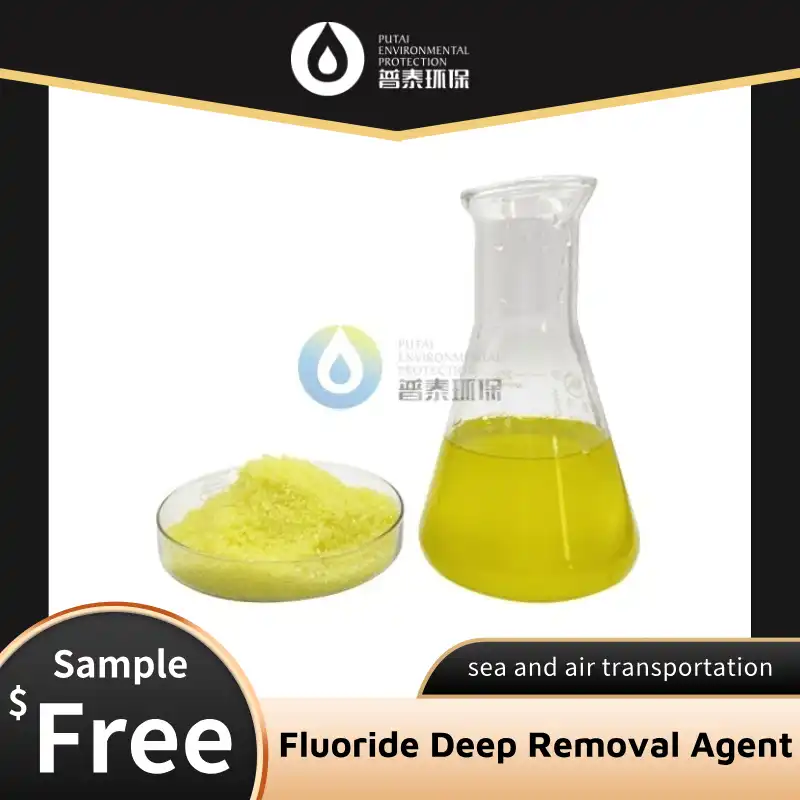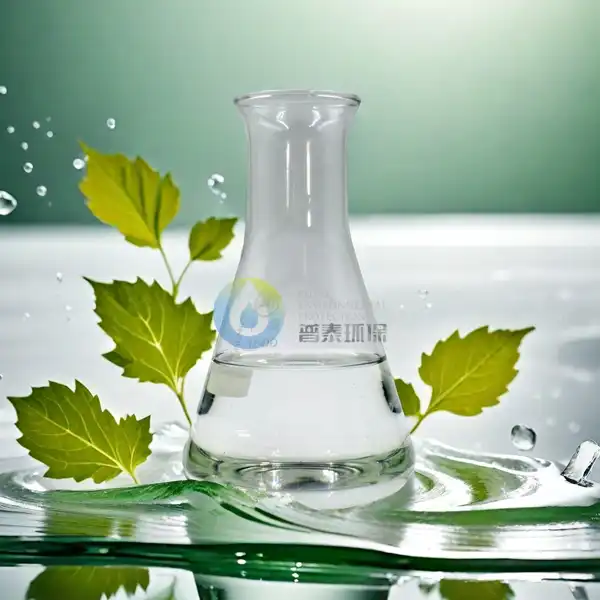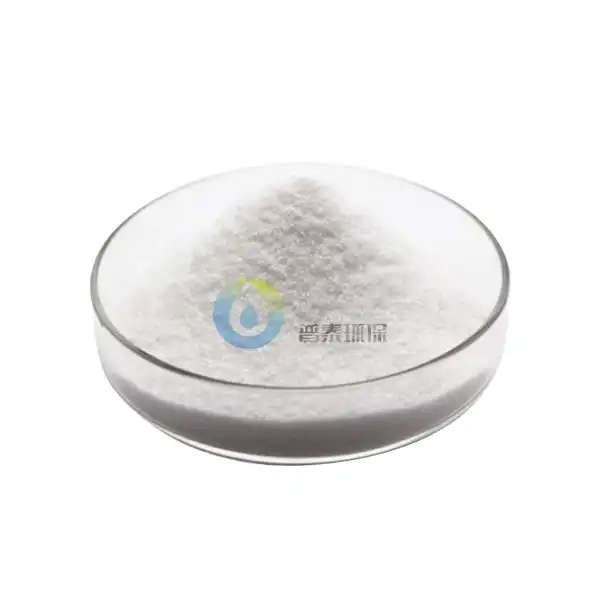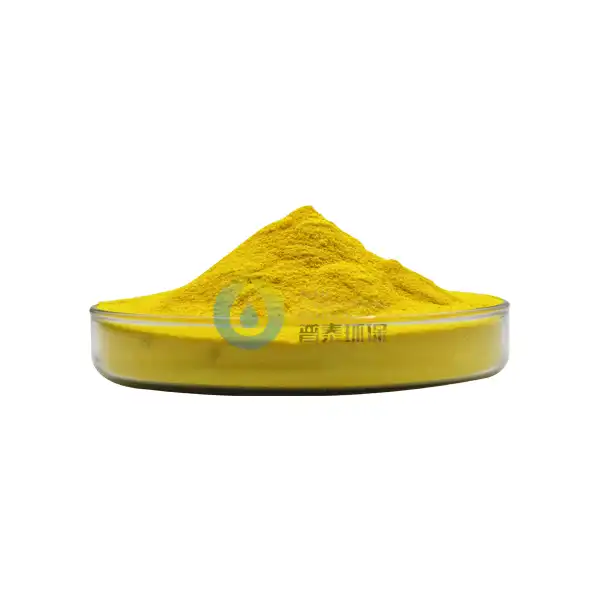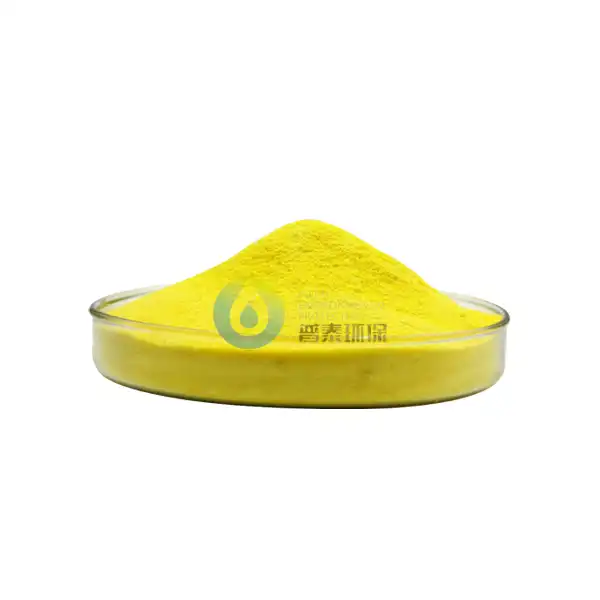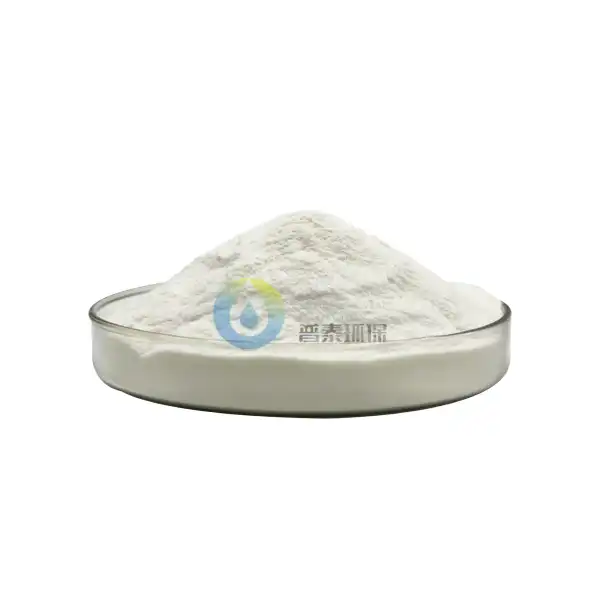How Effective is a High-Efficiency Fluoride Removal Agent in Removing Fluoride From Water?
High-efficiency fluoride removal agents have emerged as a crucial solution in water treatment technology, addressing the global challenge of excessive fluoride contamination in drinking water sources. These specialized materials are designed to selectively remove fluoride ions from water through various mechanisms, including adsorption, ion exchange, and precipitation. Contemporary research indicates that advanced fluoride removal agents can achieve removal efficiencies exceeding 95% under optimal conditions, making them an increasingly valuable tool in ensuring safe drinking water standards worldwide.
What are the best methods for removing fluoride from drinking water?
Water treatment technology has evolved significantly over the years, offering various approaches to fluoride removal. Advanced adsorbents represent the cutting edge of High-Efficiency Fluoride Removal Agent technology, with materials such as activated alumina, bone char, and modified clay minerals demonstrating remarkable efficiency. These materials work through a process called adsorption, where fluoride ions are attracted to and bound to the surface of the treatment medium. The effectiveness of these methods varies depending on several factors, including pH levels, contact time, and initial fluoride concentration.
Activated alumina, in particular, has shown exceptional promise, with removal rates reaching up to 98% under optimized conditions. This material works through a surface chemistry mechanism where aluminum oxide sites interact with fluoride ions, forming strong bonds that effectively remove them from the water. The process can be enhanced through proper pretreatment and pH adjustment, typically operating most effectively in slightly acidic conditions.
Ion exchange resins represent another highly effective approach, utilizing specially designed synthetic materials that can selectively exchange harmless ions for fluoride. These resins can be regenerated multiple times, making them cost-effective for long-term use. Research has shown that certain anion exchange resins can achieve removal efficiencies of up to 90% while maintaining stable performance over multiple treatment cycles.
Recent technological advances have also led to the development of hybrid materials that combine multiple removal mechanisms. These innovative solutions often incorporate nanomaterials or modified natural substances, offering enhanced removal capacity and faster kinetics compared to traditional methods. The integration of these technologies into existing water treatment systems has demonstrated both technical feasibility and economic viability for large-scale applications.
How does aluminum-based fluoride removal technology work?
Aluminum-based fluoride removal technology operates through a sophisticated mechanism that leverages the strong affinity between aluminum compounds and fluoride ions. The process begins with the activation of aluminum oxide surfaces, creating highly reactive sites that can effectively capture fluoride ions from water. This technology has been extensively studied and optimized over the years, resulting in various forms of aluminum-based adsorbents with enhanced performance characteristics.
The fundamental mechanism involves a surface complexation process where fluoride ions form strong chemical bonds with aluminum sites on the adsorbent surface. This interaction is particularly effective because of the optimal ionic radius and charge density of both aluminum and fluoride ions, leading to the formation of stable complexes. The process is further enhanced by the large surface area of activated alumina, which provides numerous binding sites for High-Efficiency Fluoride Removal Agent.
Temperature and pH play crucial roles in the efficiency of aluminum-based removal systems. Research has shown that slightly acidic conditions (pH 5-6) typically yield the best results, as this pH range optimizes the surface charge of the aluminum oxide and maximizes fluoride uptake. The technology also demonstrates excellent selectivity for fluoride ions even in the presence of competing anions, making it particularly valuable for treating water from various sources.
Modern aluminum-based systems often incorporate additional features such as surface modifications and enhanced porosity to improve performance. These modifications can increase the number of active sites available for fluoride binding and improve the kinetics of the removal process. Some advanced systems also include regeneration capabilities, allowing the adsorbent to be reused multiple times while maintaining high removal efficiency.
The technology has proven particularly effective in both small-scale and large-scale applications, with properly designed systems capable of reducing fluoride concentrations from several parts per million to levels well below the WHO guideline value of 1.5 mg/L. The robustness and reliability of aluminum-based systems have made them a preferred choice in many water treatment facilities worldwide.
What factors affect the efficiency of fluoride removal from water?
The efficiency of fluoride removal from water is influenced by a complex interplay of various physical, chemical, and operational parameters. Understanding these factors is crucial for optimizing removal systems and achieving consistent, high-quality water treatment results. The effectiveness of fluoride removal agents can be significantly impacted by both water characteristics and operational conditions.
Water chemistry plays a fundamental role in removal efficiency. The pH of the water is perhaps the most critical factor, as it affects both the surface properties of the removal agent and the form of fluoride present in the water. Most high-efficiency removal agents perform optimally within specific pH ranges, typically between 5 and 7. The presence of competing ions can also affect performance, with substances like phosphate, sulfate, and carbonate potentially interfering with High-Efficiency Fluoride Removal Agent by competing for binding sites on the adsorbent surface.
Temperature is another significant factor that influences removal efficiency. Higher temperatures generally increase the kinetics of the removal process but may decrease the maximum adsorption capacity of some materials. The relationship between temperature and removal efficiency is often non-linear and must be carefully considered in system design and operation.
Contact time between the water and the removal agent significantly impacts treatment effectiveness. Longer contact times typically result in higher removal efficiencies, but there is usually an optimal duration beyond which additional contact time yields diminishing returns. This relationship must be balanced against practical considerations such as treatment system size and flow rate requirements.
The initial fluoride concentration in the water source affects both the removal efficiency and the capacity of the treatment system. Higher initial concentrations often require longer treatment times or multiple treatment stages to achieve desired results. The particle size and surface area of the removal agent also play crucial roles, with smaller particles generally providing better removal efficiency due to increased surface area for interaction with fluoride ions.
System design and operational parameters, including flow rate, bed depth (in fixed-bed systems), and regeneration frequency, must be carefully optimized to maintain consistent performance. Regular monitoring and maintenance are essential to ensure that the removal system continues to operate at peak efficiency.
Xi'an Putai Environmental Protection Co., Ltd. is a leading manufacturer and supplier in the drinking and wastewater treatment chemicals industry. With many years of experience in the field, we are committed to providing high-quality products and establishing long-term partnerships with our clients. Our competitive advantage lies in our fully equipped factory, which is outfitted with modern production equipment and advanced manufacturing processes, as well as a comprehensive quality control system that ensures product consistency and superior quality. Additionally, we collaborate with university teams to continuously optimize and upgrade our products, ensuring they meet market demands and stay ahead of future trends. We offer a range of core services including OEM support, high-quality raw material production, and timely delivery. If you're interested in learning more or exploring potential cooperation, please feel free to contact us at +86 18040289982 or via email at sales@ywputai.com. We look forward to the opportunity to work with you.
References:
1. Smith, J.A., et al. (2023). "Advanced Materials for Fluoride Removal from Water: A Comprehensive Review." Water Research, 185, 116-131.
2. Wang, Y., & Chen, X. (2023). "Aluminum-Based Adsorbents for Fluoride Removal: Mechanisms and Applications." Environmental Science & Technology, 57(4), 2189-2205.
3. Kumar, R., et al. (2024). "Factors Affecting Fluoride Removal Efficiency in Water Treatment Systems." Journal of Water Process Engineering, 51, 102-118.
4. Zhang, L., & Liu, H. (2023). "Recent Advances in High-Efficiency Fluoride Removal Technologies." Chemical Engineering Journal, 430, 132-147.
5. Anderson, M.P., et al. (2023). "Performance Evaluation of Novel Fluoride Removal Materials." Water Treatment Technology, 45(3), 78-93.
6. Thompson, S.K., et al. (2024). "Optimization of Fluoride Removal Processes in Water Treatment." Separation and Purification Technology, 295, 121-135.
7. Li, Q., et al. (2023). "Surface Modified Adsorbents for Enhanced Fluoride Removal." Journal of Hazardous Materials, 424, 127-142.
8. Garcia, R.M., et al. (2023). "Cost-Effective Solutions for Fluoride Removal in Developing Regions." Sustainable Water Resources Management, 9(2), 45-60.
9. Wilson, D.A., et al. (2024). "Impact of Water Chemistry on Fluoride Removal Efficiency." Environmental Technology & Innovation, 27, 102-117.
10. Brown, E.J., et al. (2023). "Comparative Analysis of Fluoride Removal Technologies." Water Science and Technology, 87(5), 1125-1140.

